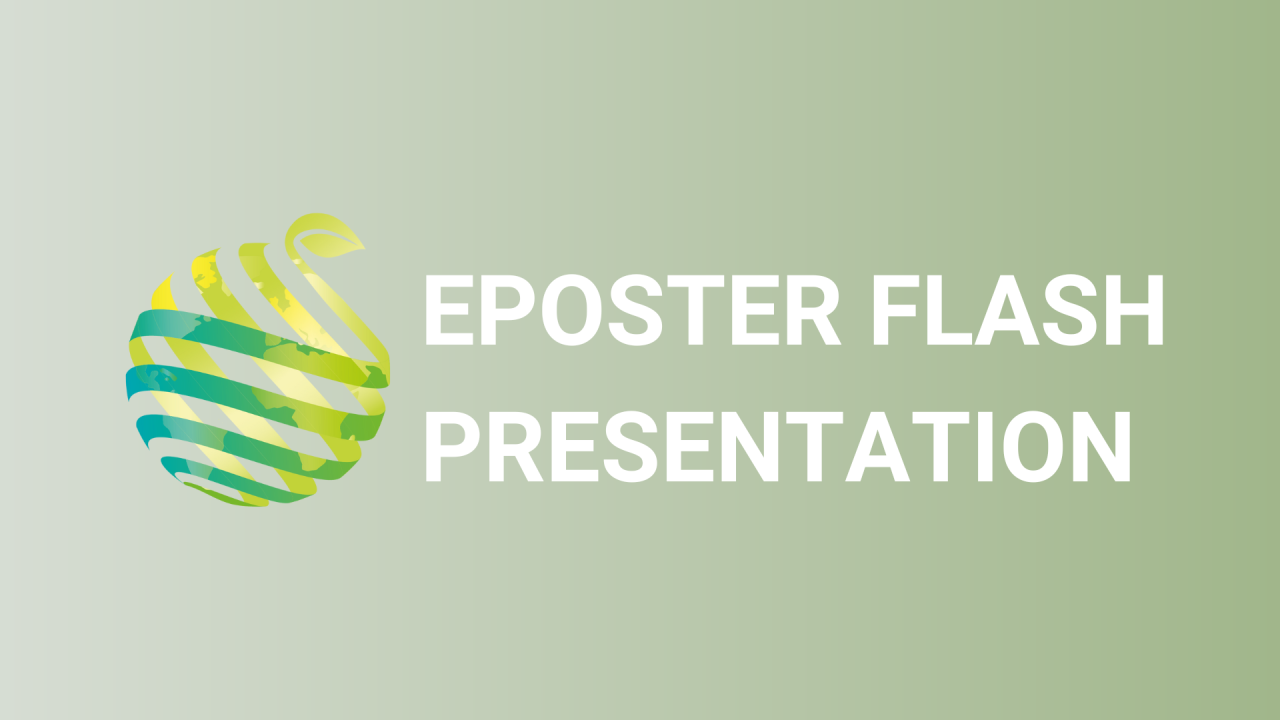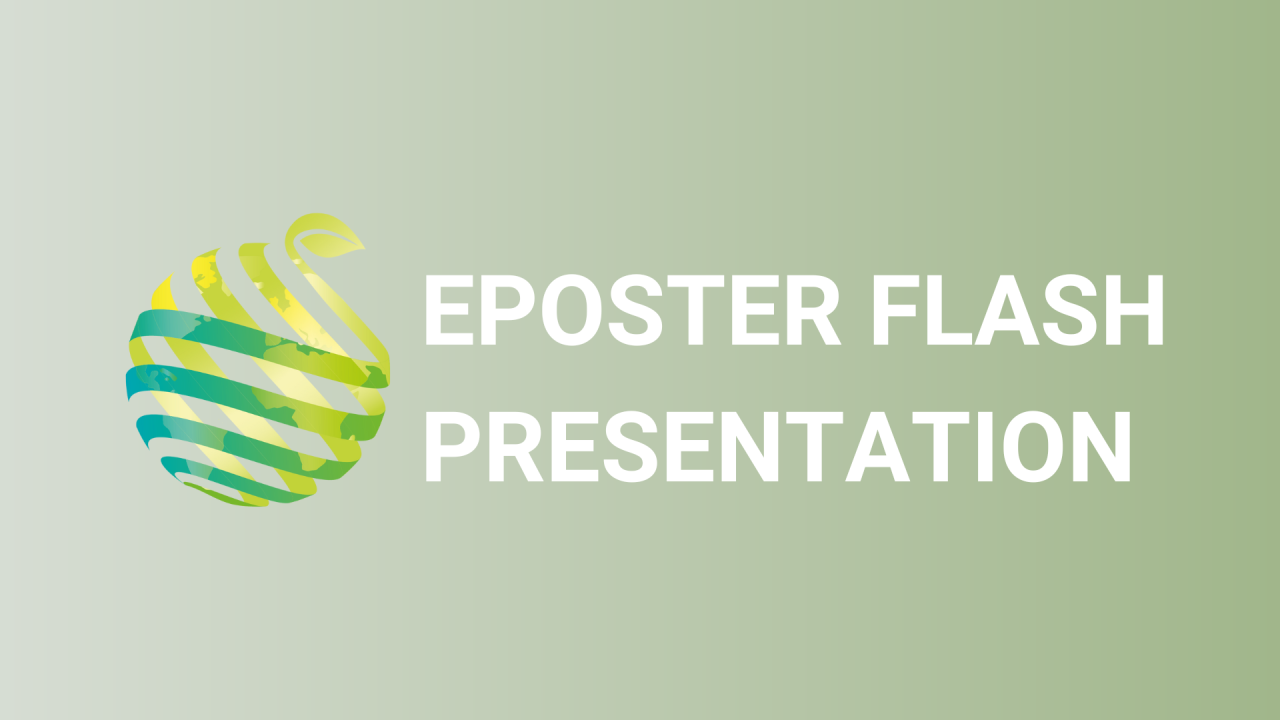

S15 - Session P1 - Benefial insects on shelter plants associated with organic tomato crop (Solanum lycopersicum L.)
Information
Authors: Aparicio Acosta- Mendoza, Alexander Rodriguez- Berrio, Saray Siura *
Beneficial insects (parasitoids, predators and pollinators) are part of the biological abundance of the agroecosystem and their presence depends of the habitat and production system but, their population could be vulnerable in a poorly diversified or high-input use production system, losing valuable ecosystem services in the regulation of pests. Access to nectar and pollen depends on several factors such as size, architecture, nectary position and flowering period. In this research, the organic tomato crop was associated with seven shelter plants for beneficial insects. The plants were selected for their use, rusticity, flowering, and seasonality; they were basil ( Ocimum basilicum L.), tarragon ( Artemisia dracunculus L.), peppermint ( Mentha piperita L.), cotton ( Gossypium barbadense L.), buckwheat ( Fagopyrum esculentum M.), sunflower ( Helianthus annuus L.) and hyssop ( Hyssopus officinalis L.). The essay was conducted in an organic vegetable production field. Associated plants with tomato crop were sown every 10 rows in alley distribution in a DBCA design with 7 treatments and 3 blocks. Insects were collected in each treatment and alpha, beta and similarity diversity indicator were used, as well as non-parametric Kruskall-Wallis statistics, t student. A total of 5,689 individuals were registered in 75 families and 9 orders. The most representative families with the highest abundance and diversity were parasitoids Braconidae ( Chelonus insularis ), Ichneumonidae ( Campoletis ), Scelionidae ( Aradophagini ) y Tachinidae ( Conmatacta variegata ); predators Carabidae ( Tetracha carolina chilensis y Blennidus ); Coccinellidae ( Hippodamia convergens ), Berytidae ( Metacanthus ), Nabidae ( Nabis punctipennis ) Dolichopodidae ( Condylosttylus quadricolor ) y Crabronidae ( Liris ) and pollinating insects Apidae ( Apis mellifera ) y Halictidae ( Agapostemon ). The refuge plants with the most diversity of beneficial insects associated with tomato crop were: buckwheat ( Fagopyrum esculentum ), cotton ( Gossypium barbadense ), basil ( Ocimun basilicum ) and sunflower ( Helianthus annuus ) and they could be recommended as shelter plants for organic tomato crop.